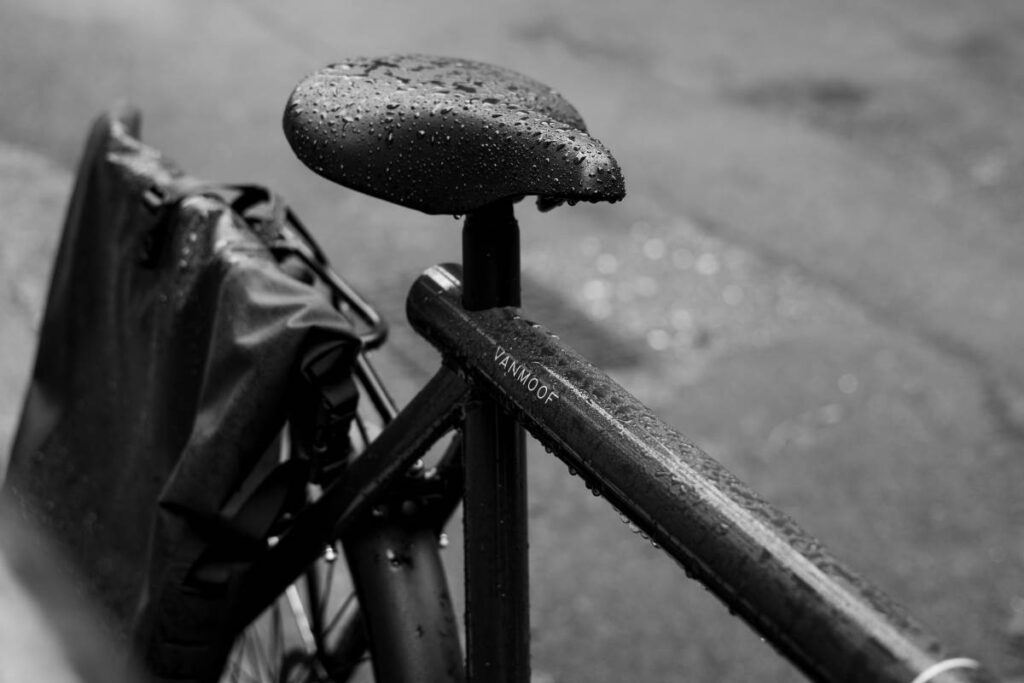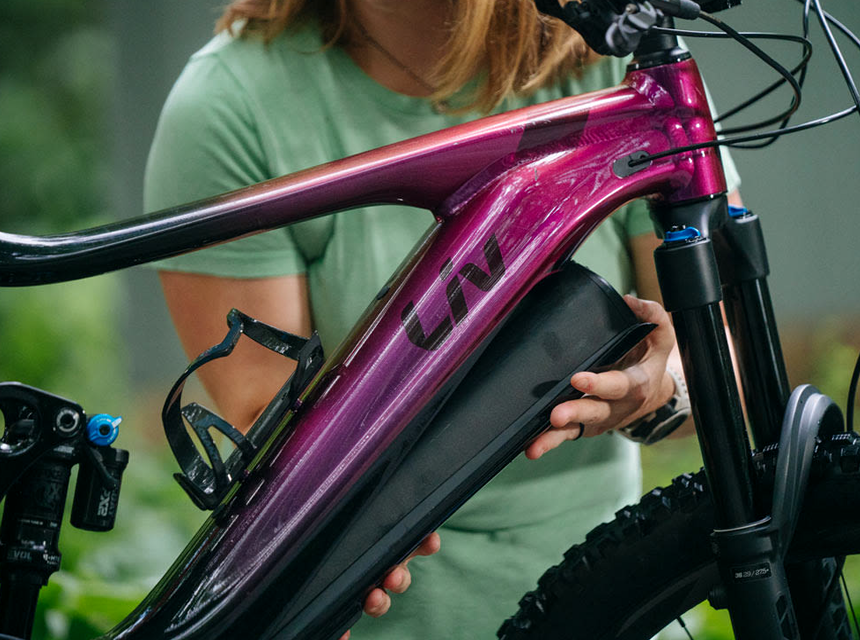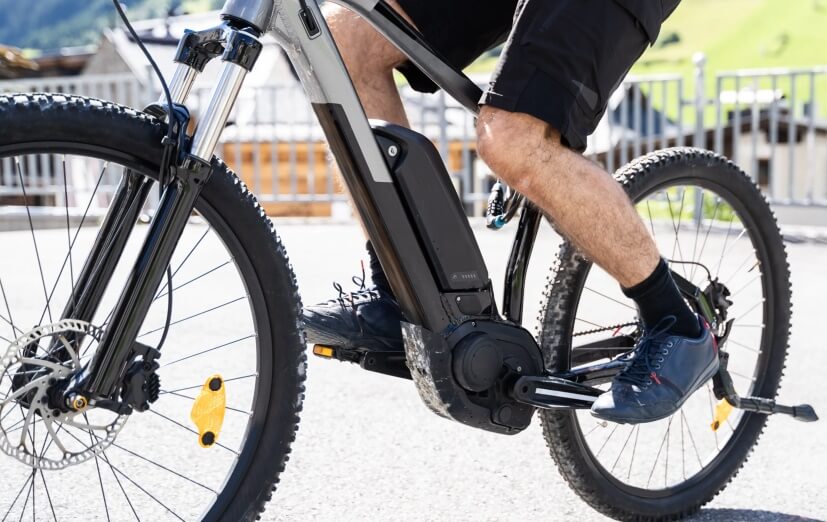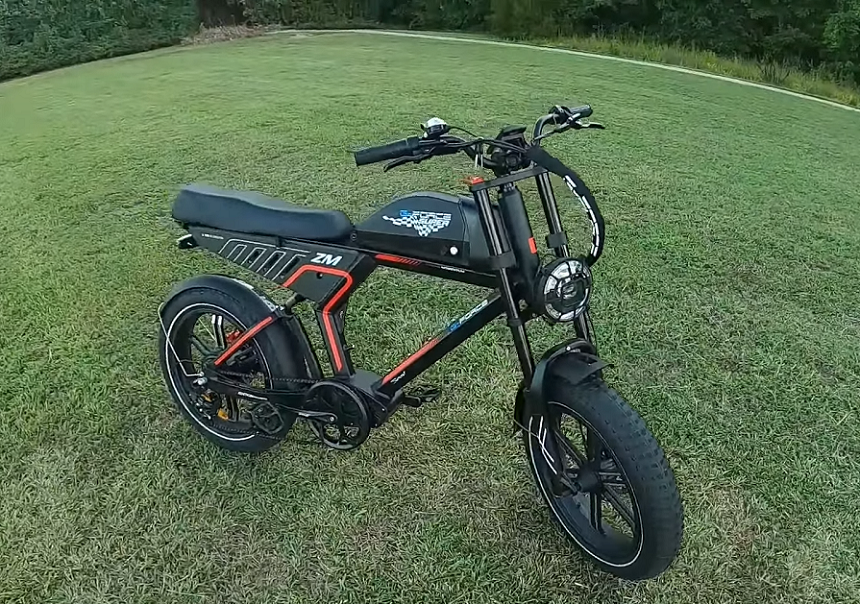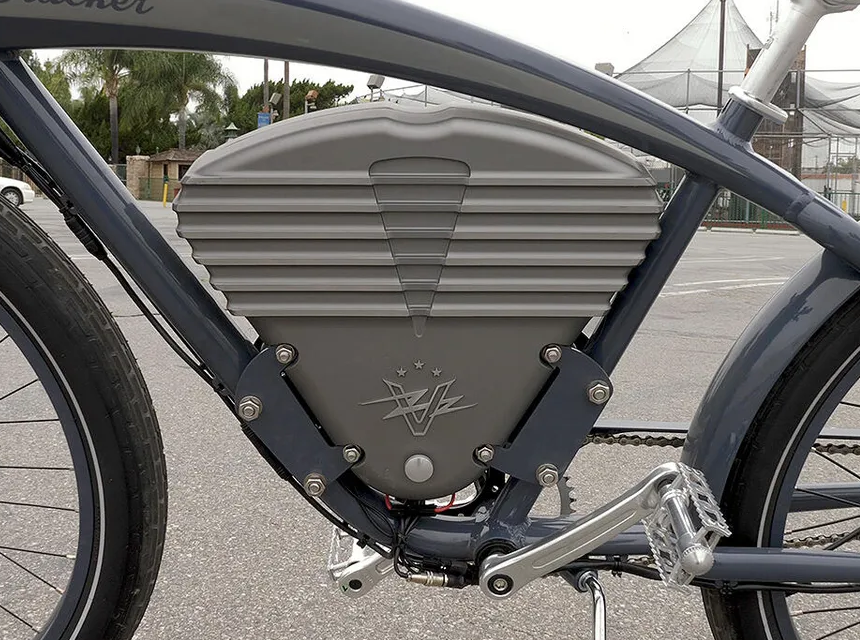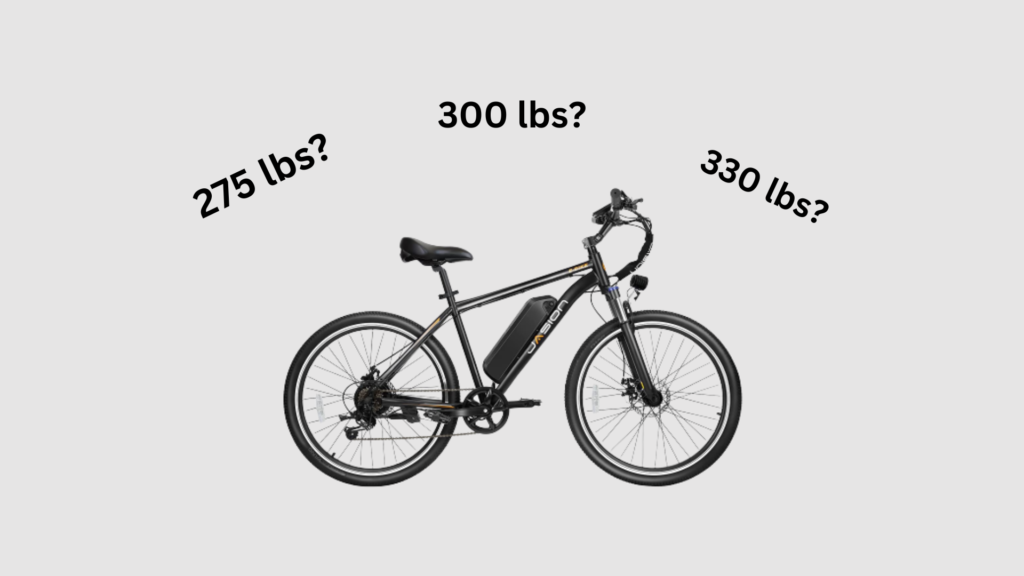- Trails
-
Bikes
-
Gear
-
Tips & Tricks
-
About us


E-bikes are worth looking into for several reasons. However, before we begin, some of you may be asking the question, ‘What is an e-bike?’ The answer is that an e-bike is basically an electronic bike that is also pedal-powered. So, here are the reasons you might want an e-bike. Firstly, you can increase your average speed of travel. Secondly, you may wish to decrease your effort in pedaling a bike, especially if you have long distances to go. In this article, we’ll investigate the question, ‘How fast can an e-bike go?’ and what other factors to look for when choosing an e-bike. We’ll also go into the different classes of e-bikes so that you have the best information possible when selecting the best e-bikes for yourself and even your whole family.
Though the electric bikes are allowed to have 28 mph speed at most, the rules don’t apply to race tracks where your speed is not limited. How fast can you go? The sky is the limit! However, the current Guinness World Record holder for the longest distance traveled on an e-bike on a single charge, Delfast Top 3.o, can also boast its maximum speed of 50 mph.
An e-bike is as safe and sturdy as conventional bikes and will help you increase your overall pedaling speed. You will get where you want to go significantly faster with a motor to aid you because you have more power behind you. This is particularly beneficial when going uphill. Another beneficial aspect is that you spend less effort pedaling when you have a motor behind you. So, once again, uphill will be less of a challenge in terms of your energy levels.
So, you can get where you want to go without expending as much energy and at a much faster pace. In fact, there are some bikes that can even go on snow or the beach, making your life much easier and fun when out and about. They are also a cheaper commuting option for those in the city and provide an energy-reduced ride to work. These bikes are emissions-free, at least once on the road. This means that they have a low impact on the environment once built and operate silently. The fact that they are silent is a great attraction to people who want to reduce noise pollution, both in the city and in rural areas.
| Max Speed | MPH | KM/H |
| Class 1 | 20 | 32 |
| Class 2 | 20 | 32 |
| Class 3 | 28 | 45 |
| 250W | 20 | 32 |
| 500W | 20 | 32 |
| 750W | 28 | 45 |
| 1000W | 35 | 56 |
| 2000W | 38-43 | 60-70 |
| 3000W | 50 | 80 |
| 5000W | 50-65 | 80-100 |
Just a quick note on safety before we talk of speed. A safe speed is 15 mph. This is because accidents can still occur, even when traveling slowly. You can hit a rock in the road and be thrown off your bike and experience very bad injuries. So, the best speed remains a slower speed. The speed of an e-bike will vary. The top speed for these bikes varies between 20 and 28 mph, depending on a number of factors, including the class of e-bike. So, if you’re well-kitted out with a helmet and riding gloves Trusted Source Bicycle Safety | Transportation Safety | Injury Center | CDC Bicycle trips make up only 1% of all trips in the United States. However, bicyclists account for over 2% of people who die in a crash involving a motor vehicle on our nation’s roads. www.cdc.gov and are sure of the road being safe, you can travel at these speeds. The speed also depends on the weight of the cargo you’re carrying, the size of the battery, how fast you pedal, the kind of motor, and how much assistance you use:
Do note that you can go faster than this. The motor is designed to cut out when reaching those top speeds so that you can reach higher speeds. So, if you’re traveling downhill, it’s possible to reach really high speeds if you like, but it will be without the power assist. You will also want to keep to the legal speed limit of your state.
It’s important to note that the regulations governing e-bikes can vary depending on the state and local jurisdiction. Some states, such as California, have specific laws governing e-bike speeds, while others do not.
In California, for example, e-bikes are allowed on bike paths and trails, as long as they are not traveling faster than 15 mph. However, e-bikes are allowed to travel up to 28 mph on roads and streets, as long as they are classified as Class 3 e-bikes and riders are at least 16 years old.
In other states, such as New York, e-bikes are only allowed to travel up to 20 mph, regardless of their class. Additionally, some states require e-bike riders to wear helmets, regardless of their age or the type of e-bike they are riding.
It’s also worth noting that some cities and municipalities have their own regulations governing e-bikes. For example, New York City has recently passed legislation allowing Class 1 and Class 2 e-bikes on city streets, but banning Class 3 e-bikes. Other cities may have different rules, so it’s important to check with your local government to understand the specific regulations in your area.
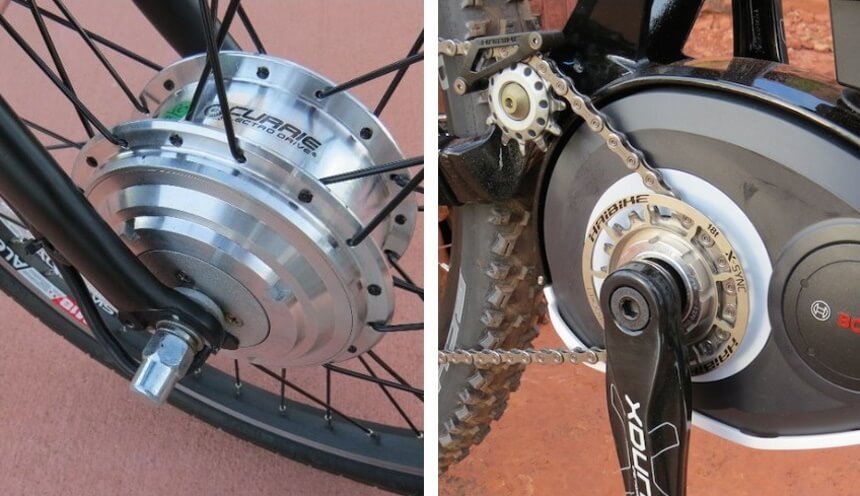
The looks of an e-bike are much the same as any regular road bike. However, you’ll find that they have a motor and an electrical drive system, which includes a battery and a display screen. The motors are either front-hub motors, rear-hub motors, or mid-drive motors:
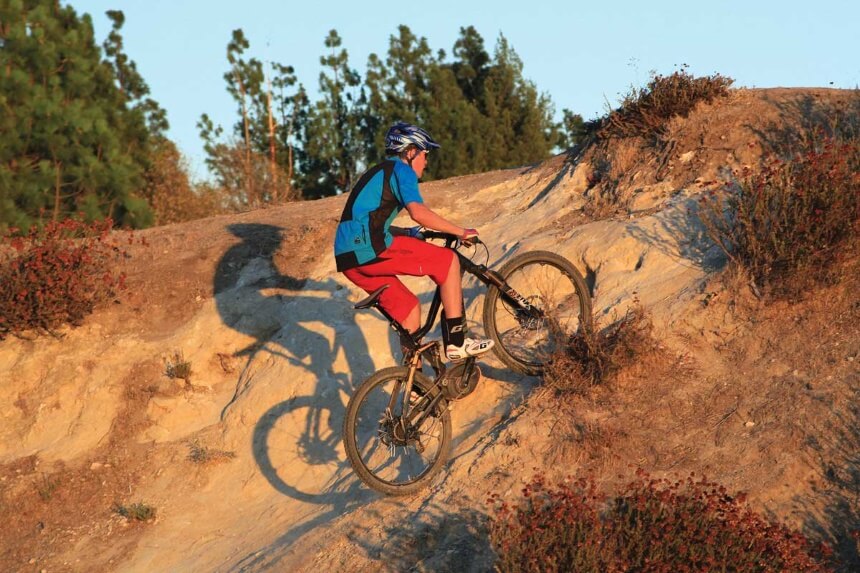
You’ll notice the difference when riding an e-bike compared to a regular bike. It’s a far smoother ride, and you won’t have to build up your speed.
You can travel longer distances when riding an e-bike because you’re not putting your body under so much strain or making it work so hard. This means you have the endurance for the long haul. This means that more people are traveling to places like National Parks Trusted Source Electric Bicycles (e-bikes) in National Parks - Biking (U.S. National Park Service) As e-bikes become more popular both on and off NPS-managed lands, the NPS recognized the need to address this emerging form of recreation and active transportation in its regulations. The intent of this action is to address an emerging technology in a manner that accommodates visitors and increases opportunities for the public to recreate within and travel through the National Park System, while at the same time protecting the resources and values that draw millions of visitors each year. www.nps.gov with their e-bikes because it’s easier and simpler to travel with one, and they can go further.
There are several classes of e-bikes. Manufacturers try to keep to these standards Trusted Source State Electric Bicycle Laws | A Legislative Primer This primer deals specifically with low-speed electric bicycles as defined by the Consumer Product Safety Commission. www.ncsl.org so that there can be a uniform classification system. Class 1, Class 2, and Class 3 e-bikes can be differentiated in the following way according to wattage, speed, and operation.
Class 1 e-bikes can only operate once you start pedaling. This is called the pedal assist mode, which means that they cannot operate on electricity alone. You can go up to 20 mph, and your power will be up to 750W.
The class 2 e-bikes also go up to 20 mph. Only, with this bike, the drive system is activated by a throttle. To get it going, you push a button or grip-twist the throttle system. These systems can normally be found on bike handlebars. In this class, you also get bikes with both throttle and pedal assist. If you use only electricity mode, you can travel up to 15 mph, but if you use pedal assist, you can reach speeds of 24 mph using the pedal assist. The majority of women’s bikes are in Class 2.
The class 3 bikes don’t necessarily require throttles but have more powerful motors. Most of the bikes in this category have 750 W motors. At full speed, you can reach 28 mph. Because of the speed they can reach, there are rules and regulations governing the riding of these bikes. The minimum age for riding these bikes is 17 years old, and you may have to get a motor license. Just check your state for all the rules and regulations Trusted Source Pedestrian & Bicycle Safety | FHWA Livable communities that support bicycling and walking are a high priority of the U.S. Department of Transportation. A livable community is one that provides safe and convenient transportation choices to all citizens, whether it’s by walking, bicycling, transit, or driving. safety.fhwa.dot.gov .
The question, ‘How fast can an e-bike go?’ is a question that is one of the most popular online searches about e-bikes. Whilst your travel won’t be at extreme speeds, it’s smart to keep safe, wear a helmet, and make sure you travel at reduced speeds, particularly in a pedestrian area. An e-bike is a beneficial invention that allows you to travel further than a conventional bike would AND at greater speeds. It allows you greater recreational options and helps reduce the level of emissions in your lifestyle. You may never go back to a traditional bike after you’ve had one of these and experience how much time, energy, and money it saves you.
